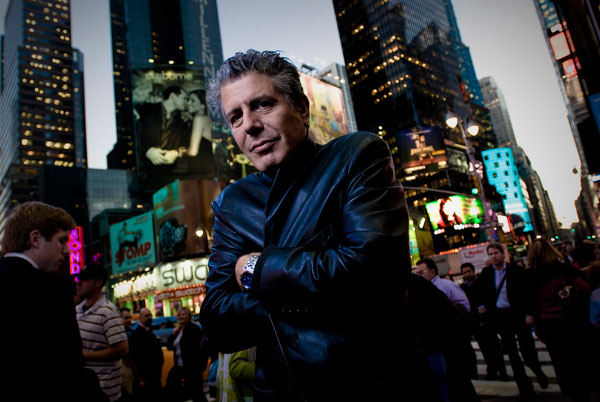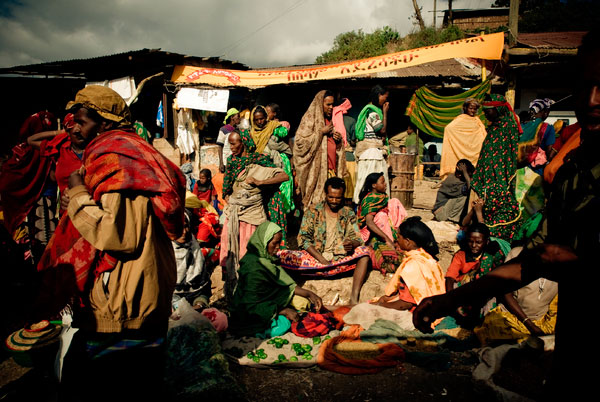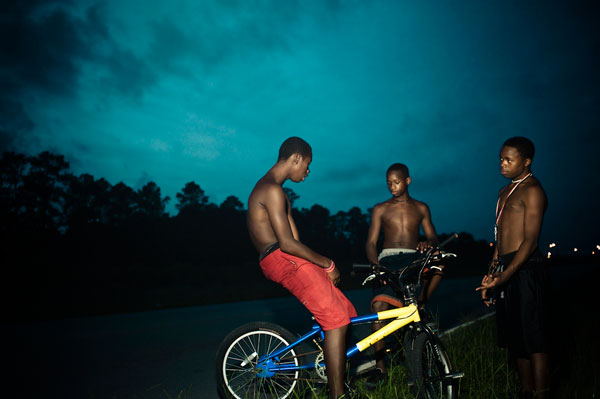Pro Profile: Documentary photographer Josh Cogan captures humanity’s hidden stories
posted Friday, January 25, 2013 at 3:05 PM EDT
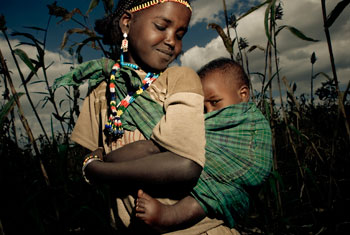
Josh Cogan's background in anthropology gives him a unique perspective as a photographer, and his passion for traveling around the world to document its peoples, cultures and traditions gives us a rare glimpse at humanity's hidden stories. We were struck both by the beauty of his portraits and by the ways he pushes the boundaries of visual storytelling. Recently, IR interviewed Josh to find out more about his work, as well as to introduce him to our readers. Just like we introduced fellow pro photographer Scott Rinckenberger last year, we're happy to welcome Josh as a writer and collaborator who will share his considerable expertise in articles about photographic techniques and more.
If Josh Cogan is hard to pin down as a photographer, it's probably because that's just only a part of what he does. He's also an anthropologist, cinematographer, multimedia strategist, interactive producer and, above all else, a master storyteller. His documentary and commercial work caught our attention, as much for his powerful images of people and cultures from around the world as for his commitment to seeking new ways to tell these stories through photos and video.
With a Master's degree in Anthropology from the University of Maryland, Josh didn't start off as a photographer. But his work in the field helped him make the jump from academia to professional imaging, channeling his background in the humanities to an understanding of how to capture humanity from behind the lens.
Pushing the envelope
At the heart of Josh's work is his commitment to storytelling – no matter the form – and his ongoing passion for collaboration and innovation. "I always try to connect with people who are really pushing the envelope about how they're telling stories," he says.
Josh recently served as director of photography on "Tomorrow We Disappear," a gorgeously-shot documentary film about the "magicians' ghetto" in New Delhi, India -- a slum-like neighborhood filled with artists, puppeteers and performers. He captured most of the video, interestingly enough, using his Canon EOS 5D Mark II. "Tomorrow We Disappear" is set to be released next month. He also shot still photos for the project, which were exhibited during FotoWeek in Washington, D.C. last year and are still on display now.
Another one of Josh's multimedia projects, "Hope: Living and Loving with HIV in Jamaica," combined his imagery with the words of Jamaican poet and writer Kwame Dawes. The piece was produced by the Pulitzer Center and created in collaboration with acclaimed multimedia firm BlueCadet, where Josh worked as an interactive producer. The project went on to win an Emmy for New Approaches to Documentary.
In addition, Josh's still images have appeared in a range of high-profile publications including The New Yorker, The Washington Post, GQ and Men's Health. He continues to pursue personal documentary projects that interest him, as well as commercial gigs, to help pay the bills.
It's fitting that Josh's journey to becoming a photographer and storyteller didn't exactly follow a straight, obvious path.
Catching the shutterbug
While studying anthropology at the University of Maryland, Cogan spent a semester abroad in Israel and decided to purchase a camera, a Canon T50 film SLR, before the trip. The fully automatic T50, which was aimed at novice photographers, accompanied him as he wandered through Jerusalem, photographing whatever and whoever caught his eye.
"I found it to be a good excuse to bridge the gap between yourself and people you don't know," Josh recalls. "I shot a lot and got pretty addicted to it early on."
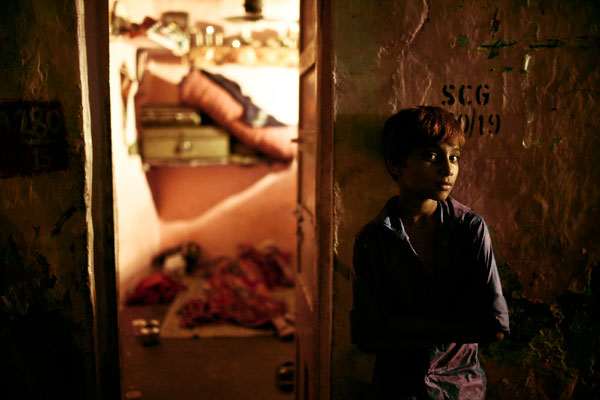
After graduating from college, he spent a few itinerant years "ski bumming" in Crested Butte, Colo., and then bartending in Saint Croix in the Virgin Islands, honing his photography skills along the way. A buddy turned him on to the wonders of slide film and Josh was immediately hooked. "When I saw the images on chrome and I could see the color and the contrast, it got me reinvigorated," he says.
Passage to India
After Saint Croix, Josh moved to Washington, D.C., in 2001, hoping to find work at National Geographic as a photographer. However, the magazine industry was reeling from major advertising losses at the time and Nat Geo had instituted the first of several hiring freezes. Despite five interviews, he couldn't land a position there. "It was a bit of a shock to the system," Josh recalls.
Though he eventually landed an unpaid volunteer job at Nat Geo, it didn't get him any closer to getting his work published in the magazine. So – now fully committed to becoming a photographer – Josh decided to travel abroad on his own dime, taking a Nikon F100 and 400 rolls of film to India with the hopes of creating a portfolio of images that he could use as a calling card when he returned to the United States.
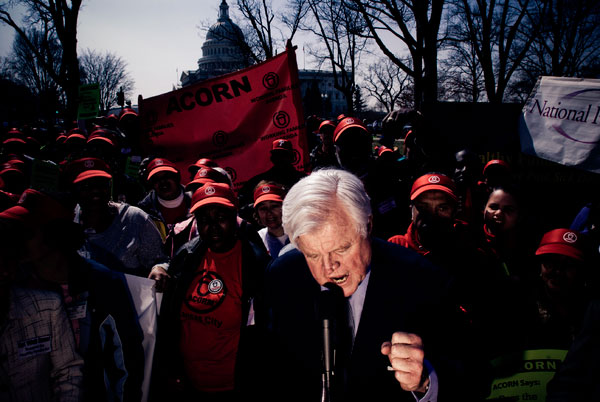
Disaster struck, however, on a train to Varnassi, when his Nikon F100, passport and cash were all stolen. "I was crushed," Josh recalls. Despite the setback, he still had all the film and eventually got a new F100 shipped to him in India, where he resumed shooting.
Josh's background in anthropology led him to a port city in India that was once known as Cochin (now called Kochi). Long ago, the city had been the center of the international spice trade and because of the diverse groups of travelers who passed through, the region had a reputation for its cultural and religious harmony. Josh ended up photographing the area for several months, crafting the images that would eventually become "In God's Own Land," a book about interfaith relations in India.
"Post 9/11, it was a great story to be able to share," he says.
When he returned to the U.S., Josh got the nerve up to take his portfolio of images to an editor at National Geographic. "She was going really slowly through them and she starts making these noises and says: 'Wow, this stuff is pretty good. I'm going to take it down to the director of photography at National Geographic.' I ran out of there and told everyone I knew."
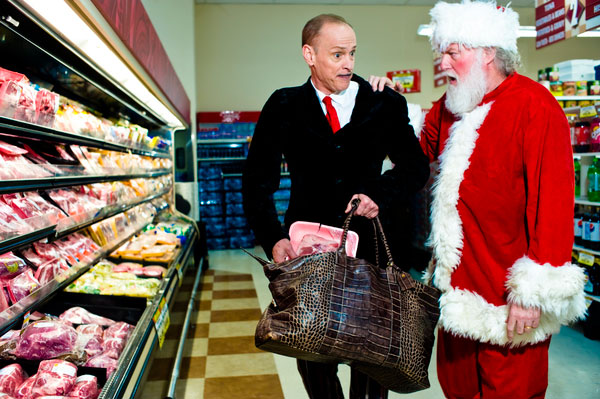
Though it didn't land him a gig with Nat Geo, the experience gave Josh much-needed confidence about his abilities and his goal of becoming a full-time, professional photographer. In the years that followed, he continued to shoot travel photography while also getting paid for commercial work shooting for local businesses, non-profit organizations and NGOs. Later he was hired as the official photographer for The Travel Channel, shooting all of the media outlet's promotional photography for billboards, magazines and websites.
New projects, new experiments
These days, Josh still shoots a ton of commercial work while also making time for documentary and travel-based multimedia projects.
Along with the HD video capabilities of the 5D Mark II, he's been intrigued with creating super slow motion video using Phantom cameras and hopes to integrate this distinctive look into his documentary work. "It's literally like a breathing still photo," he says.
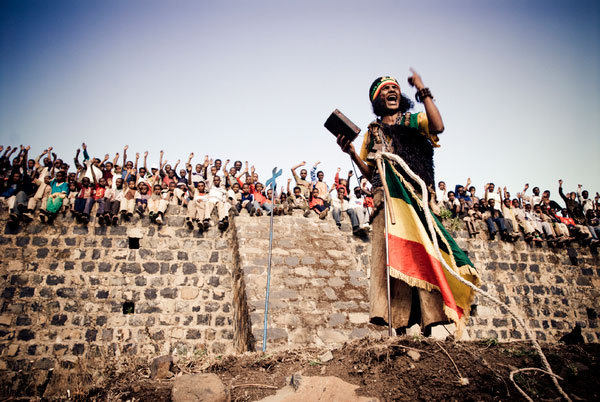
Josh has also been working on a personal project that's fascinated him, a documentary that involves canoeing down the Anacostia River, which is known as "D.C.'s forgotten river" and is one of the most polluted waterways in the country. "I have footage of guys pulling catfish out of the river that are covered in tumors," he says. "But that's what they're eating." The goal of the documentary is to explore the environmental landscapes of big cities and their consequences.
For Josh, his early struggles to become a photographer forced him to hone his skills in a number of areas helping him find work with a variety of clients. It also keeps him in demand and one step ahead of his competition.
"It's a blessing every day to be able to get up and do what you want to do," he says. "It's all about raising your work to a bar where you're not as easily replaceable as the next guy."
